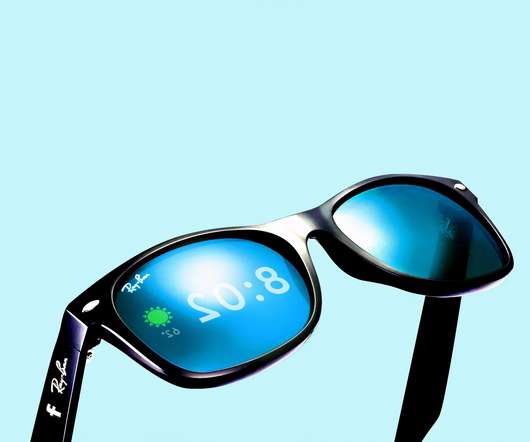Charting a Path to Viable Consumer AR Glasses, Part IV
AR Insider
NOVEMBER 11, 2020
Part 1 : The two biggest barriers holding wearable displays back are visual quality and device comfort, which hinge on the display and optics technology. Old vs New Assumptions for Consumer-Grade Wearable Displays. and Avegant is pursuing a foveated display for AR. What does that look like, and how do we get there?










Let's personalize your content